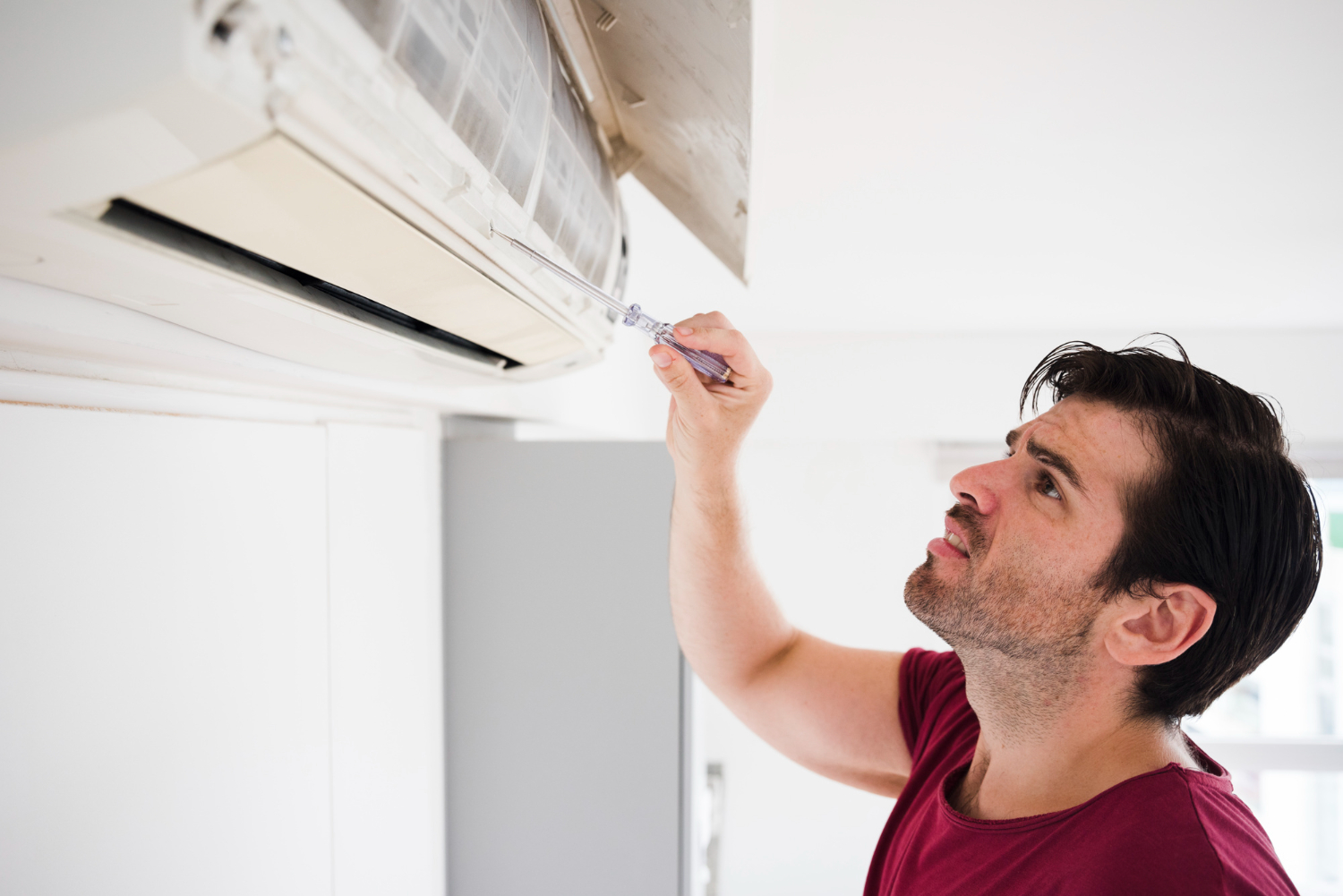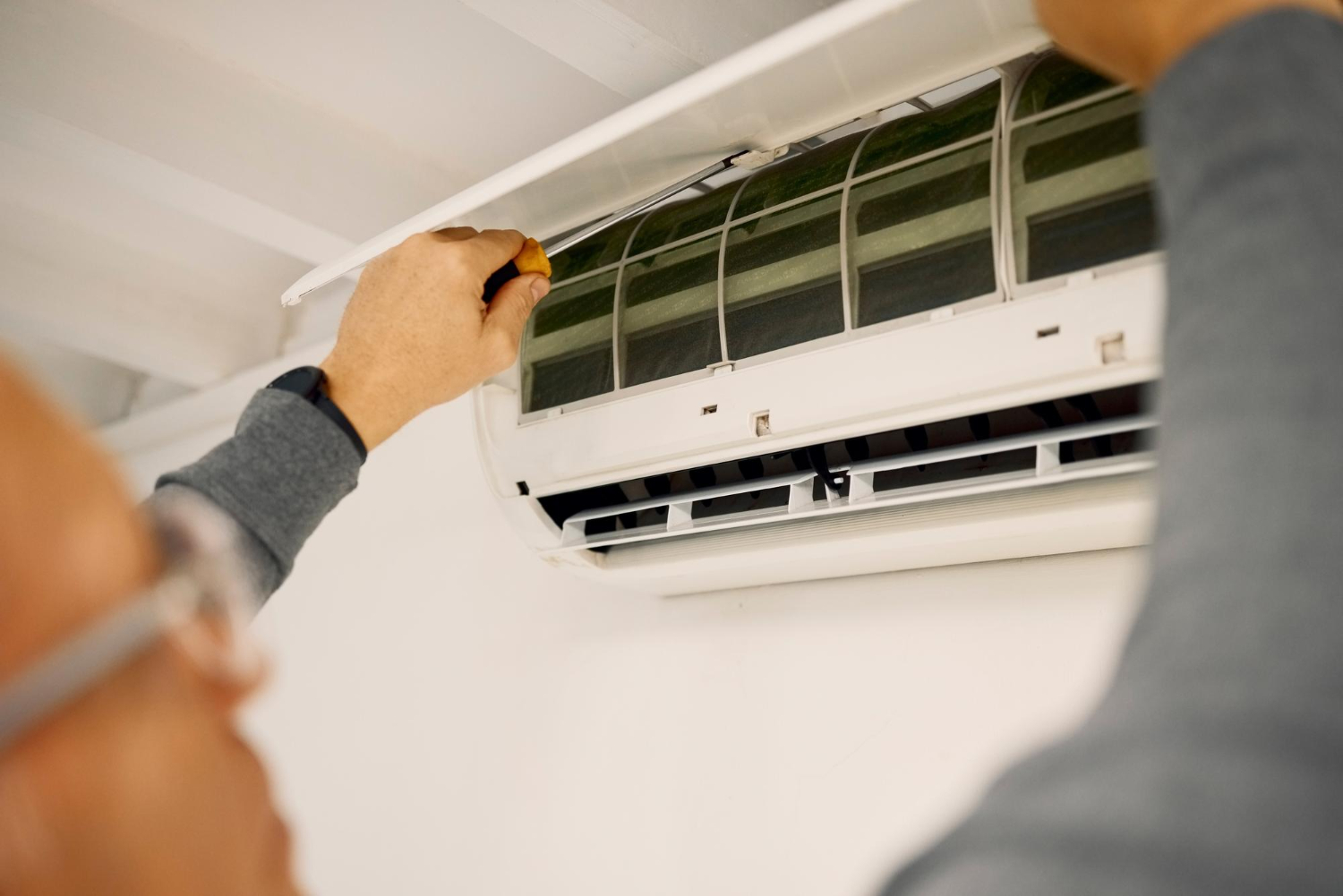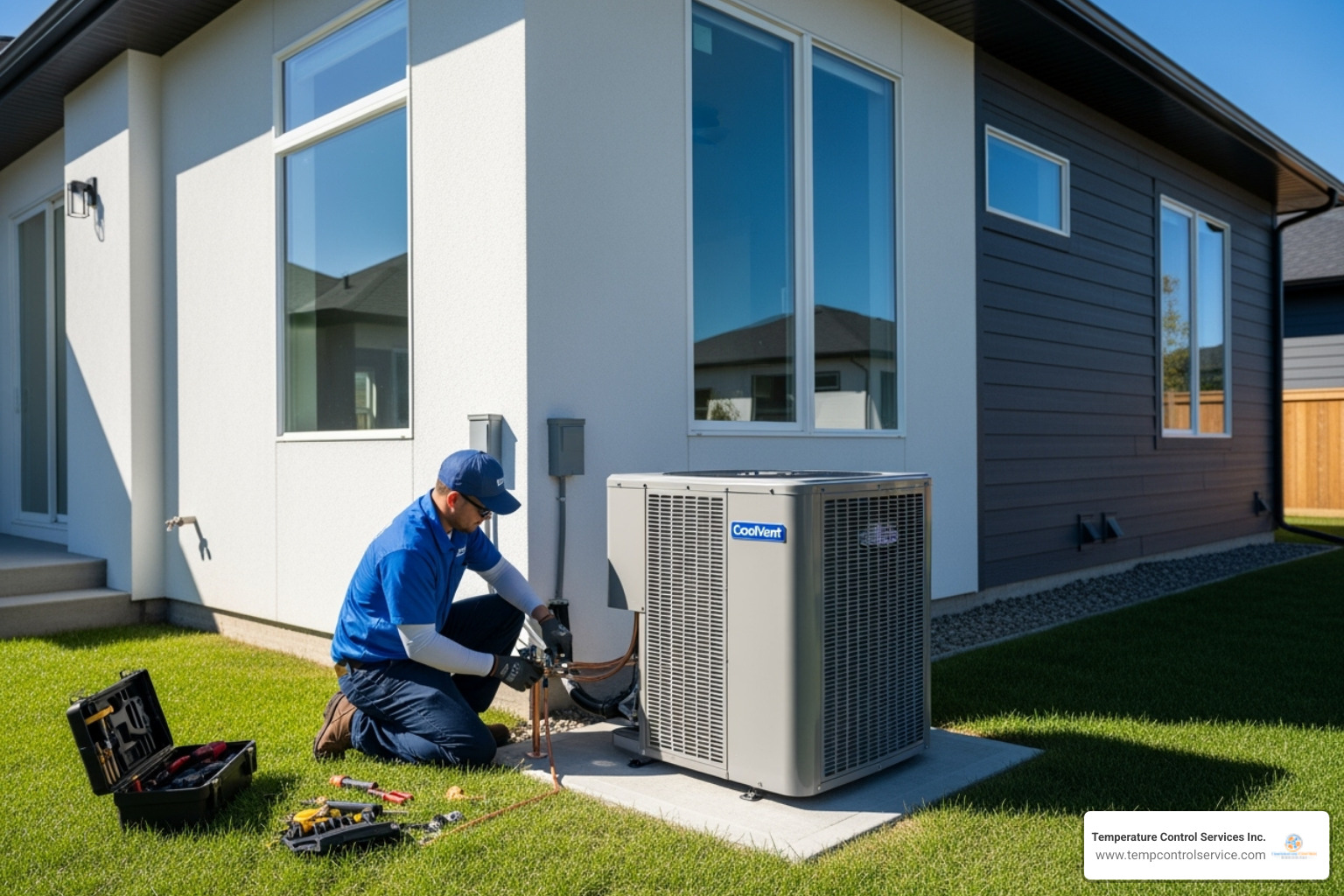
Preparing your home for new AC installation means more than just setting a date on the calendar. Homeowners in Butner often overlook small details that lead to unnecessary delays or problems during the install. By getting ready ahead of time, you help the entire process move faster and smoother. Whether you're replacing an older system or upgrading to something more efficient, being prepared helps protect both your home and your new equipment.
A properly installed system needs the right support behind the scenes. That includes space, wiring, clear access, and a plan for where the system parts will go. If any of those things are missing or overlooked, you could face added costs or setup delays. Summer heat in Butner doesn't leave much room for mistakes, which is why home readiness plays such a big part before installation begins. This is about creating the right conditions so the unit can do its job from day one.
Assessing Your Current System And Space
Before installation starts, it’s a good idea to check what you're working with. If you already have an older HVAC setup, make sure it's fully disconnected and not in the way. If this is your first installation, walk through your home and check whether the space, structure, and airflow access lines up with where the new unit is supposed to go.
You’ll want to look at both the indoor and outdoor sections of your property. Start by asking these questions:
1. Is there enough space around the area where the new unit will go?
2. Are walls and ceilings firm enough to support a mounted head, if needed?
3. Does the electrical panel have the capacity for an added AC system?
4. Are breaker locations easy to reach in case adjustments are needed?
5. Do any walls need to be patched or smoothed before the unit goes up?
6. Are vents or registers blocked by furniture or large objects?
Take extra care when dealing with tighter rooms, converted spaces, or older homes that may have unusual wiring or layouts. One homeowner in Butner planned to install a system in a detached garage but didn’t realize the panel wouldn’t support the added load without an upgrade. That discovery pushed the install back by a week and added new electrical work to the timeline. Assessing the space fully ahead of time could’ve saved a lot of hassle.
Now is also the time to think about ceiling height, insulation condition, and whether nearby doors or windows will affect airflow. The better you understand the space, the more accurate the installation planning will be.
Ensuring Proper Electrical Work
Your new AC system depends on solid electrical connections to run correctly. If your home’s panel is overloaded or uses outdated breakers, the system might not start or might fail shortly after installation. Many homes in Butner, especially older builds, weren’t originally designed to support modern HVAC systems. That’s why reviewing your electrical setup early makes such a difference.
If your panel seems stretched already or the circuits aren't labeled clearly, that’s a red flag. You’ll need a licensed technician to review the wiring and confirm the panel meets load expectations for the new unit. They may need to:
1. Add or adjust dedicated breakers for the AC system
2. Replace an undersized panel with one that handles modern output needs
3. Install surge protection devices that shield new equipment from power spikes
4. Inspect grounding to reduce shock risk or lockouts during storms
All of this should be done before delivery or unit arrival, even before measurement or system matching takes place. That way, there's no delay in turning the system on once the installation is finished. Skipping this step can lead to situations where installation pauses midway while electrical corrections are made, causing setbacks that were easily avoidable with the right prep work.
Simple fixes like upgrading a small breaker or moving a circuit may not sound like much, but they help prevent long-term problems. It’s better for both comfort and safety. Once your electrical setup is in shape, everything else about the preparation process gets easier.
Clearing the Installation Area
Getting your home ready inside and out is just as important as checking wiring or space. A cluttered or blocked area can delay work, create hazards, or cause problems with installing the AC unit correctly. Start by walking through the install path. This includes the driveway, hallway, living rooms, or any place that leads to where the AC system will be placed. Make sure these areas are clear and safe for our technicians to do their job.
Focus on both inside and outside locations where units or ductwork will be placed. Here's a simple checklist to help you organize the space:
- Move furniture, rugs, or decor out of the way
- Remove wall hangings, picture frames, or shelves near the install zone
- Tuck away cords, electronics, or valuables that may be at risk
- Trim any bushes, grass, or branches near the outside unit area
- Clear patios, decks, or walkways for easier access
- Secure pets in another room to reduce distraction or avoid injury
An open layout gives our technicians room to work and limits the risk of damage to your property. One homeowner in Butner had a television mounted just inches above where the wall unit was going and didn’t remove it before the installers arrived. They had to stop and wait for the TV to be taken down, which pushed the work back and added stress on both sides. Taking care of that before install day could’ve saved the crew time and the homeowner frustration.
Think about drop cloths or plastic sheeting if work is being done in bedrooms or main living areas. Dust may get stirred up, especially during removal of an old unit. Protecting your surfaces helps keep cleanup minimal after the installation.
Planning For Efficient Airflow
Where your system goes can affect how well it cools your home. Placement impacts airflow, energy use, and how consistently the temperature stays right across each room. For cooling systems, you want cool air to move freely without running into shelves, curtains, or closed-in corners.
Certain spots work better than others depending on your home’s layout. For example, placing an indoor unit above a bed or near a desk where cool air hits directly may feel too strong. On the flip side, placing it behind tall furniture or near heat-emitting lights might reduce how well it performs. Window placement also matters, since direct sun can raise room temperature and make the unit work harder.
When you plan your installation, try to:
- Choose shaded areas for outside units to reduce overheating
- Keep indoor units away from doorways where airflow is often blocked
- Avoid tight hallways or deep corners that limit circulation
- Place units near the center of each zone for better coverage
- Make sure return air vents aren’t closed off or blocked by furniture or curtains
Each home in Butner has different layouts, rooflines, or insulation. What works in a newly built two-story home may not work in a ranch-style home with a split floor plan.
Our technicians evaluate each space and make recommendations based on cooling needs, airflow patterns, and room size. That helps keep every room comfortable without overworking the unit or ending up with cold spots. Proper placement can also cut down on how often the unit turns on and off, which adds up in energy use.
Scheduling With Our Technicians
Once you’ve cleared the area, sorted out the electricals, checked space requirements, and finalized installation locations, you’re ready to schedule the installation. At that point, our professionals will work with you to find a window that fits both your timeframe and the needs of the job.
Every installation is slightly different. Some homes need just a few hours of work, while others may need a full day if wiring upgrades or system removal is involved. Planning ahead and knocking out these steps before install day makes it less likely you’ll hit a surprise that pushes things back or forces a second visit.
Good preparation gives the system its best chance at lasting performance. If areas are clean, wiring is up to standard, and airflow has been mapped thoughtfully, your AC unit can operate the way it was designed to. When problems are spotted early on before install work begins, they’re handled at the right time rather than forced into a rushed fix in the middle of the job.
Planning for AC installation in Butner takes time, but it's worth it. A well-prepared home supports long-term efficiency, avoids unnecessary delays, and ensures your cooling system gets off to the right start. If your home is ready, you’ll spend less time worrying and more time staying cool when the summer heat starts to climb.
If you are ready to enjoy a seamless cooling experience, let Temperature Control Services Inc help you prepare your home with expert AC installation in Butner for smooth and reliable system performance. For a quick estimate or to book a service visit, please contact us today.













.svg)